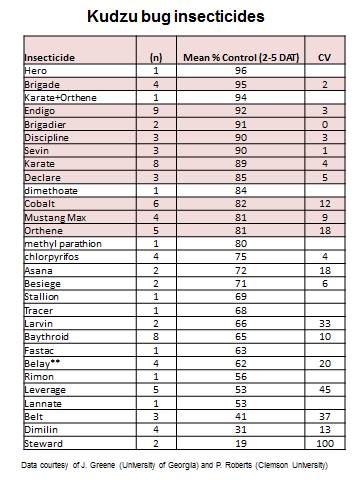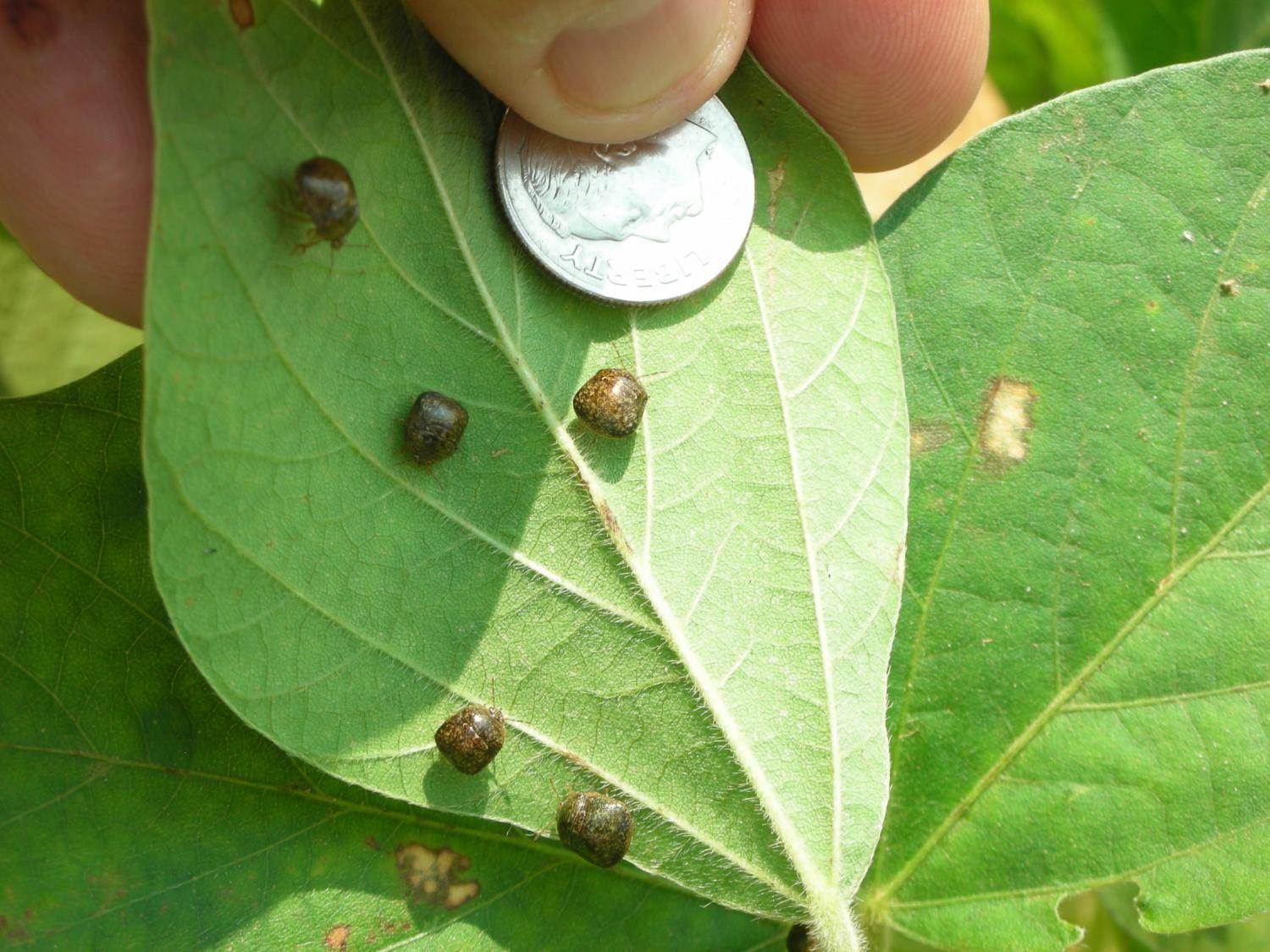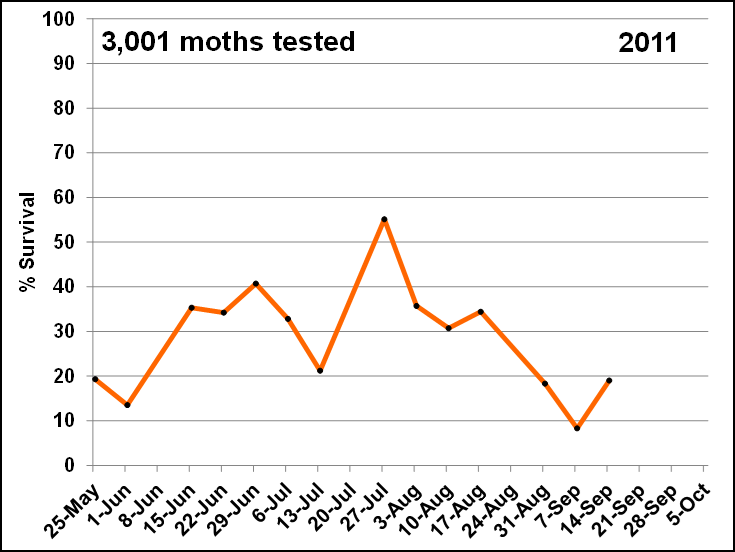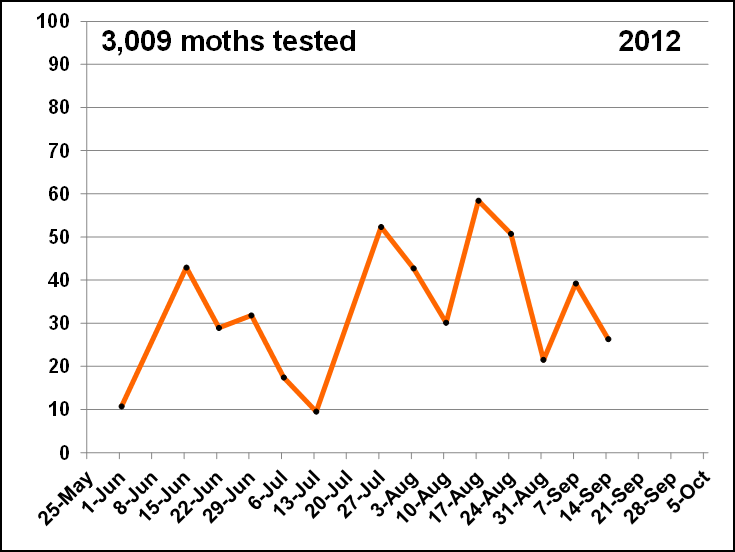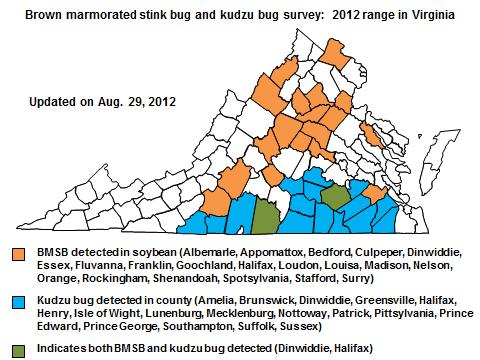Ames Herbert, Extension Entomologist
The map below lists the progression of kudzu bug in Virginia from 2011 and 2012 (blue and orange counties) though this year (purple counties). 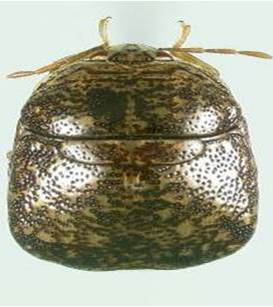 As of June 27, 2013, we have documented kudzu bug (KB) infestations in soybean fields in 21 of those counties (Accomack, Amelia, Appomattox, Brunswick, Campbell, Charles City, Culpeper, Dinwiddie, Franklin, Greensville, Goochland, Hanover, Isle of Wight, Middlesex, New Kent, Orange, Prince George, Southampton, Suffolk, Sussex, and VA Beach). The problem is spreading quickly and almost daily I get word of an infestation in another county. If you find KBs in a soybean field in a county that is NOT listed, please contact me with that information. If you are growing soybeans (or crop advising) in a county on the list, you should make the effort to check fields.
As of June 27, 2013, we have documented kudzu bug (KB) infestations in soybean fields in 21 of those counties (Accomack, Amelia, Appomattox, Brunswick, Campbell, Charles City, Culpeper, Dinwiddie, Franklin, Greensville, Goochland, Hanover, Isle of Wight, Middlesex, New Kent, Orange, Prince George, Southampton, Suffolk, Sussex, and VA Beach). The problem is spreading quickly and almost daily I get word of an infestation in another county. If you find KBs in a soybean field in a county that is NOT listed, please contact me with that information. If you are growing soybeans (or crop advising) in a county on the list, you should make the effort to check fields.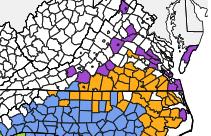 Although adults are still present, nymphs are hatching from eggs masses and dispersing to stems and petioles. Adult KBs have a strong aggregation pheromone that results in clusters on individual plants with many plants not infested. This will begin to change as nymphs emerge.
Although adults are still present, nymphs are hatching from eggs masses and dispersing to stems and petioles. Adult KBs have a strong aggregation pheromone that results in clusters on individual plants with many plants not infested. This will begin to change as nymphs emerge.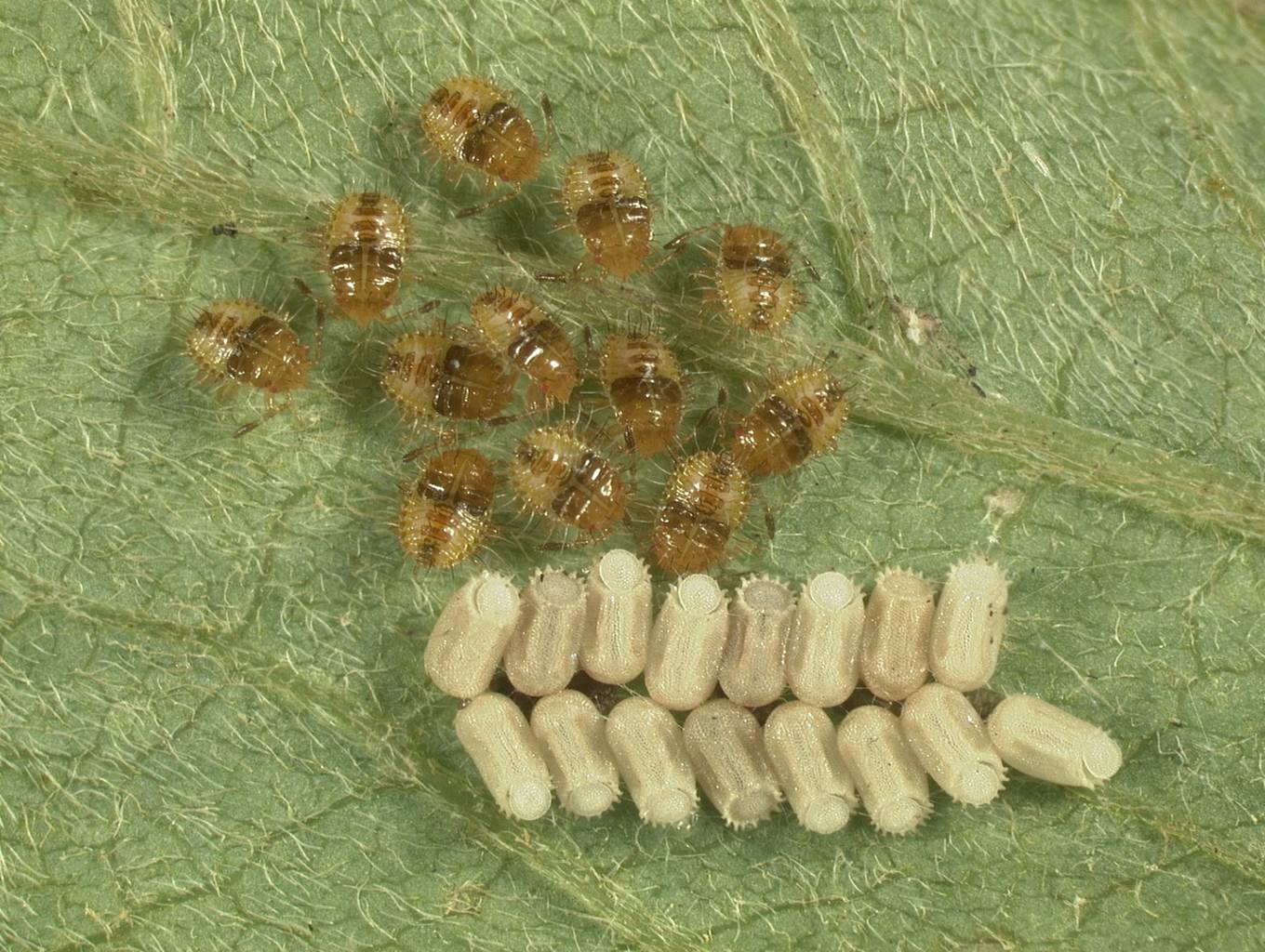
Their tendency is to disperse to new feeding sites, new plants or areas of plants which will result in a more widespread and more uniform infestation. As of the last week in June, the nymphs we are seeing are quite small. You can see them with your naked eye, but it takes either really good vision (those days are over for me) or a hand lens to see that those tiny light colored things on stems are indeed KB nymphs. This too will change as they gradually grow and molt into larger nymphal instars.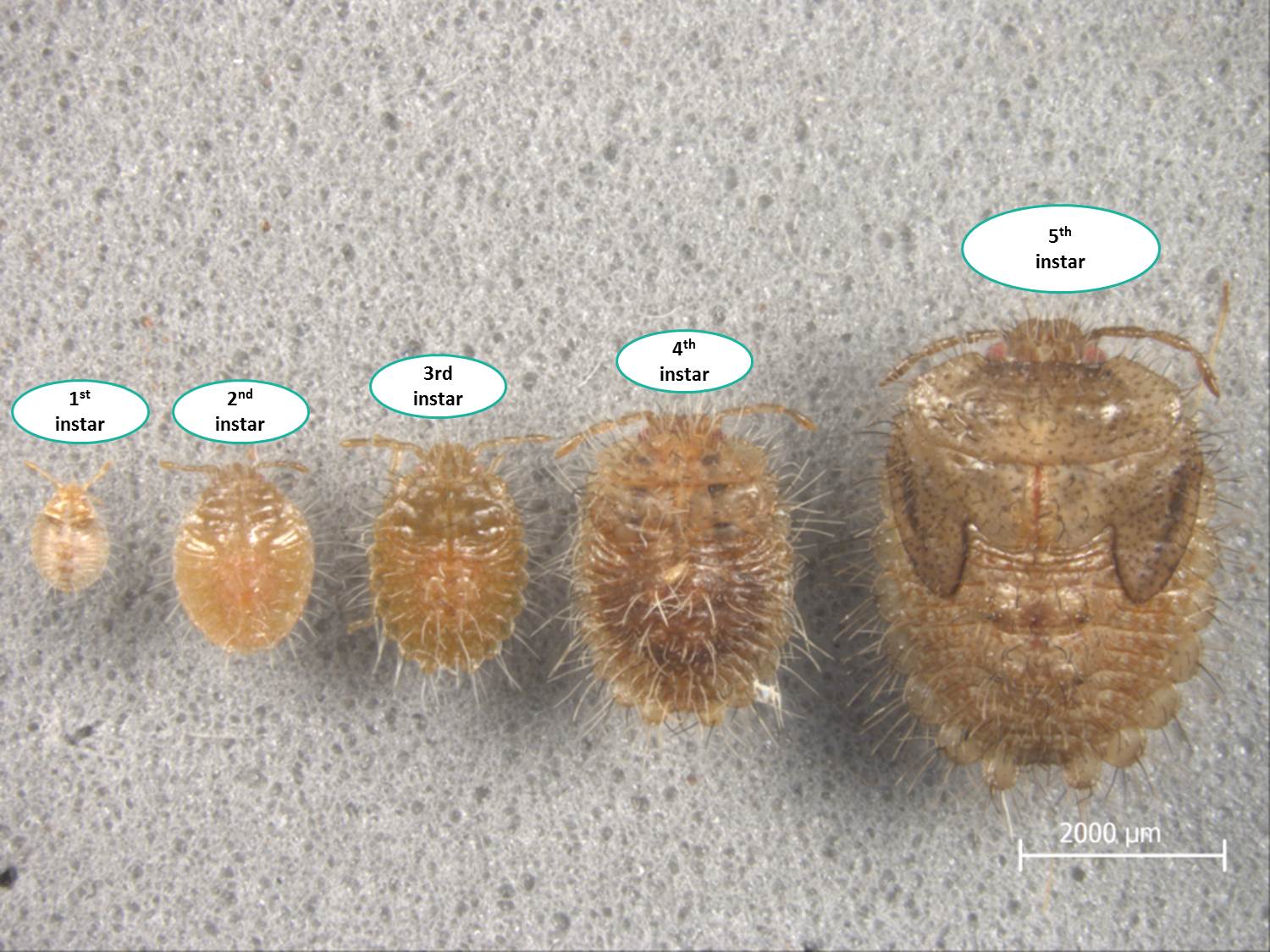 Based on all that we know, we should try to keep the management recommendations as simple as possible, trusting those that have done the research—that using their recommendations will result in the best possible outcome: control at the least cost. As we move forward in the season, the best advice is to treat fields that are flowering or developing pods when an average of one nymph (big enough to see, see image below)
Based on all that we know, we should try to keep the management recommendations as simple as possible, trusting those that have done the research—that using their recommendations will result in the best possible outcome: control at the least cost. As we move forward in the season, the best advice is to treat fields that are flowering or developing pods when an average of one nymph (big enough to see, see image below)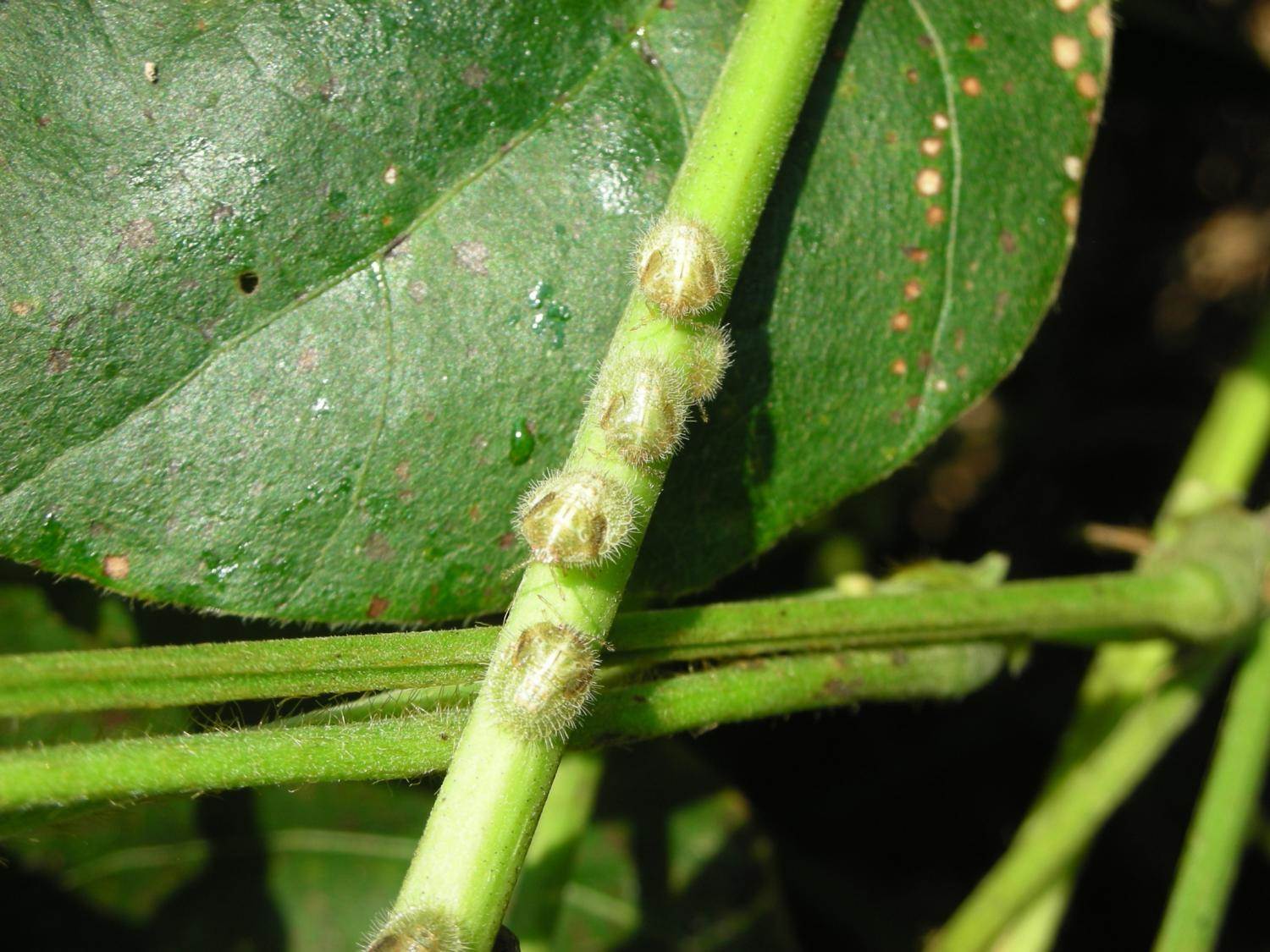 is captured per sweep net sweep—or, 15 nymphs in a 15-sweep sample. If this situation is encountered, we are advised to treat that field. Remember, this insect is a slow feeder—gradually drawing down a plant’s vigor. This is good in a way, as this gives us plenty of time to sample fields and react with a treatment if needed. KBs do not eat holes in leaves and do not take bites from pods or seed. You may find nymphs and second generation adults on pods, but the damage is not direct like a corn earworm that eats the seed or a stink bug that punctures the seed. This is a new pest for us and we will all have to learn how best to deal with it. For now, we should abide by the recommendations above. Given the number of infested fields, I fully expect that some will have to be treated, eventually.
is captured per sweep net sweep—or, 15 nymphs in a 15-sweep sample. If this situation is encountered, we are advised to treat that field. Remember, this insect is a slow feeder—gradually drawing down a plant’s vigor. This is good in a way, as this gives us plenty of time to sample fields and react with a treatment if needed. KBs do not eat holes in leaves and do not take bites from pods or seed. You may find nymphs and second generation adults on pods, but the damage is not direct like a corn earworm that eats the seed or a stink bug that punctures the seed. This is a new pest for us and we will all have to learn how best to deal with it. For now, we should abide by the recommendations above. Given the number of infested fields, I fully expect that some will have to be treated, eventually.
What about product choice. We have covered this in an earlier advisory (http://www.sripmc.org/Virginia). There are many good choices. Below is an insecticide efficacy chart that was developed by researchers at Clemson University and University of Georgia. They (and I) do not recommend using any product that falls below 80% control and the higher the better. I have been asked about a lot of products, some on this chart, some not. I go with the chart.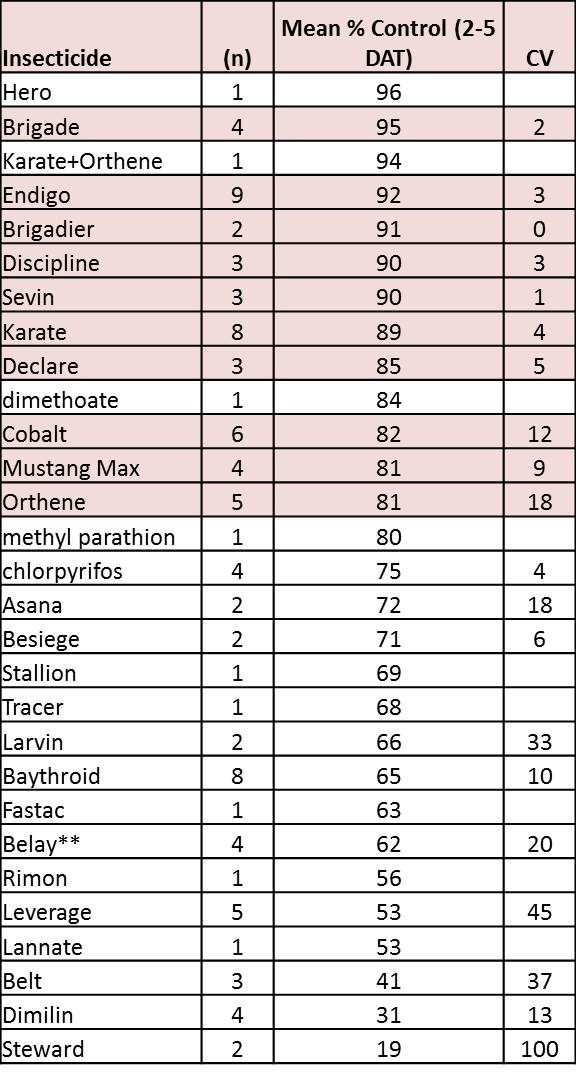
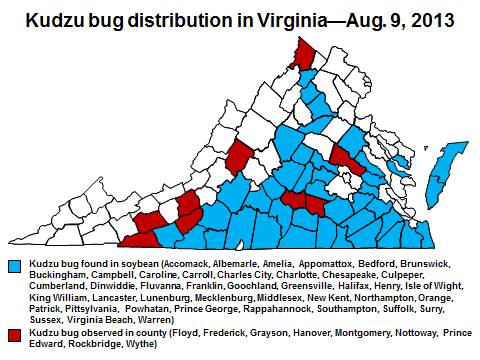
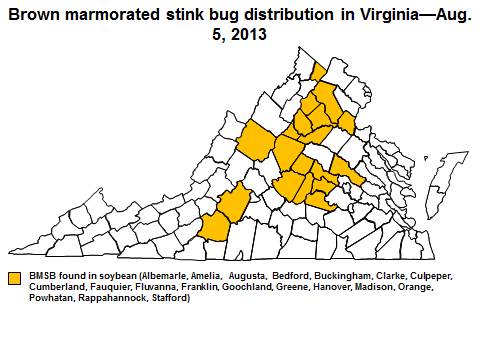 A few fields have needed treatment. We’ve been successful with edge of field treatments with the brown marmorated stinkbug, as they tend not to move into the middle of the fields. Hopefully, this IPM strategy will continue to remain effective.
A few fields have needed treatment. We’ve been successful with edge of field treatments with the brown marmorated stinkbug, as they tend not to move into the middle of the fields. Hopefully, this IPM strategy will continue to remain effective.